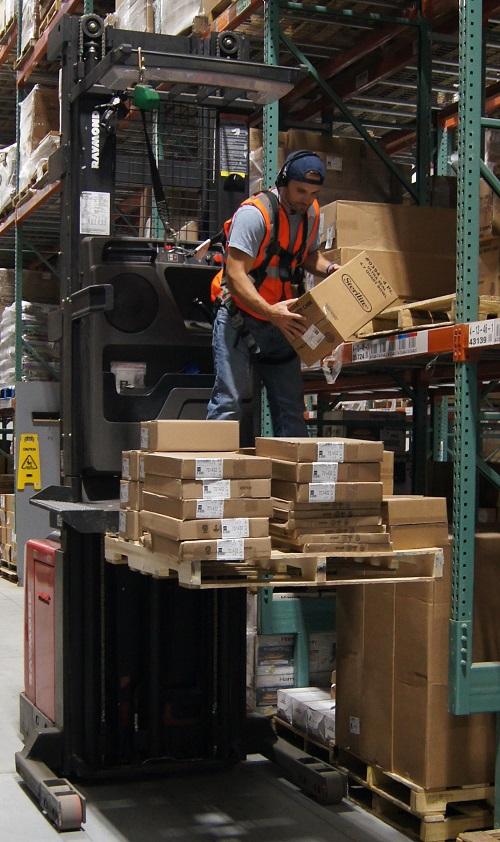By Richard Rigden, Project Manager and Solutions Consultant, Lucas Systems
 As automation and technology opportunities grow throughout the warehouse, especially with the continuing exploration of robotic technologies, the ability of those systems to integrate seamlessly will be critical to their ultimate success. The utilisation of AI and machine learning technologies offers great promise to bringing a higher level of orchestration and efficiencies to DC workflows.
As automation and technology opportunities grow throughout the warehouse, especially with the continuing exploration of robotic technologies, the ability of those systems to integrate seamlessly will be critical to their ultimate success. The utilisation of AI and machine learning technologies offers great promise to bringing a higher level of orchestration and efficiencies to DC workflows.
Problems caused by inefficient workflows
Inefficient orchestration of warehouse workflows can lead to various challenges, especially when it comes to the induction of totes and allocating labour within a large pick module. These challenges include:
- Delayed Sequencing of Totes: When the sequencing of tote induction is poor, some totes end up lagging in the system, failing to reach the shipping area on time. This results in compromised batch integrity, which can disrupt the overall workflow.
- Tote Backup and Lack of Work: If the pacing of tote induction is not well-managed, there can be a buildup of totes or a shortage of work. This inefficiency leads to either an excess of totes awaiting processing or leaves the labour force idle, both of which hinder the smooth operation of the warehouse.
- Lack of Visibility and Changing Labour Needs: Without clear visibility into the workload and dynamically changing labour allocation requirements, team members may find themselves searching for tasks or deviating from the designated batch sequence during picking operations. This lack of clarity hampers productivity and accuracy.
By leveraging data on pick rates, labour distribution, tote status, and the movement of items within each zone, an intelligent system can offer real-time visibility and provide actionable directives. This AI-based approach optimises the movement of both people and totes through the pick module, ensuring maximum efficiency throughout the workflow. The system can precisely determine which totes (order/batch) should be inducted at specific induct points and accurately allocate the required labour in each zone at any given time. This way, the warehouse can operate with enhanced productivity, reduced delays, and improved batch integrity, ultimately leading to better overall performance.
Enhancing the team work of robots and people
The orchestration of robots and people within the warehouses is something that many are looking at as a differentiator in evaluating systems. Contingent on the type of robot, there can be specific use cases, including bulk or full pallet load operations, case picking with staging drop off, each and batch picking and staging runs. With autonomous mobile robots that serve as a multi-position cart for order picking, without orchestration, a work execution system simply directs a robot to a location, then a user logs into that robot and delivers one or more picks to the robot. After completing those picks, the user must find the next closest robot or ask the system to locate a robot. Not an ideal process.
Utilising AI, the system can automatically, within seconds, optimise both the robot’s and picker’s time simultaneously. This is accomplished by machine learning based predictions about where the robots and pickers will be located, as well as by a process called Deep Reinforcement Learning, whereby the system learns by experience the way to make the best use of the picker’s time.




Comments are closed.